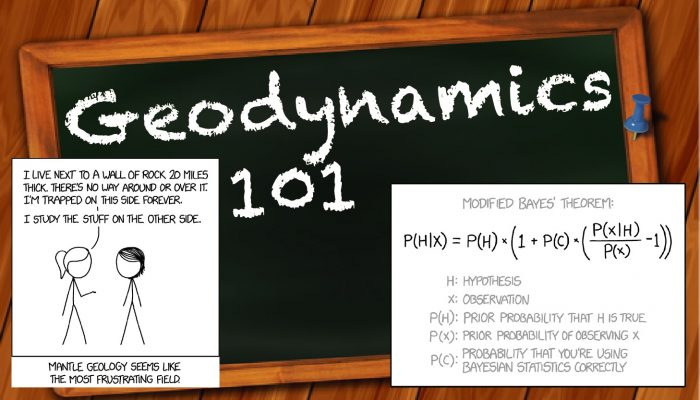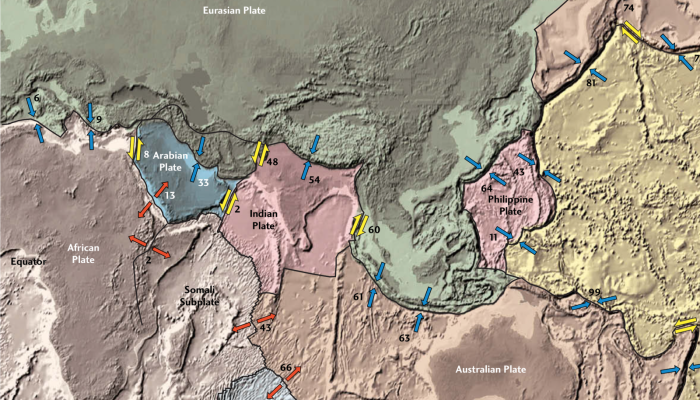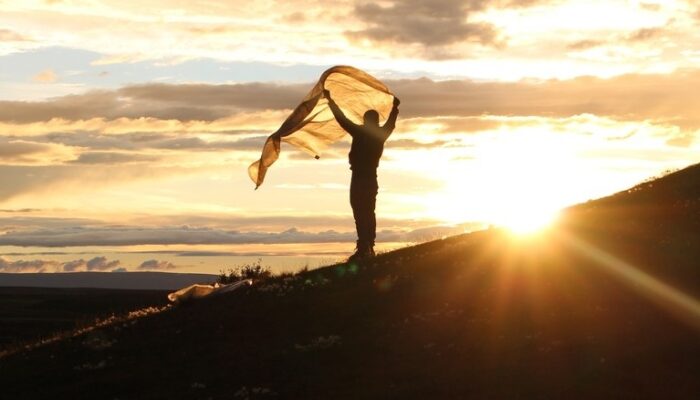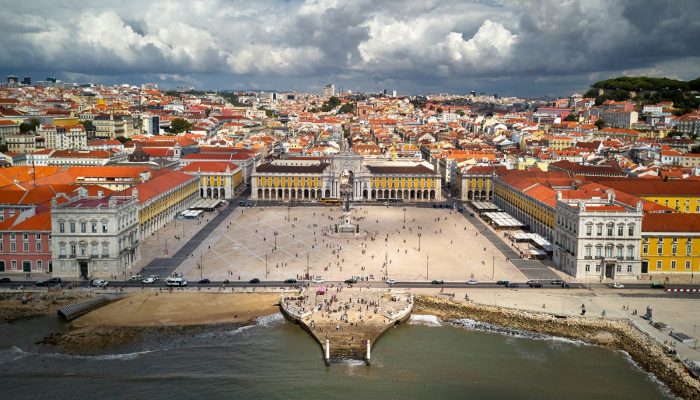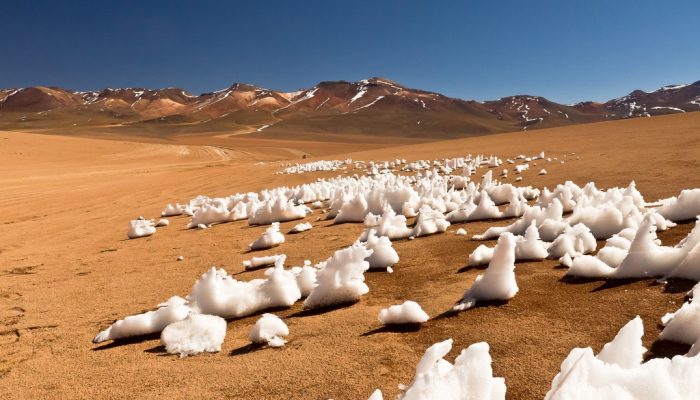Some of the sessions scheduled for the upcoming EGU General Assembly are PICO only sessions. This means that, rather than being oral or poster format, they involve Presenting Interactive COntent (PICO). The aim of these presentations is to highlight the essence of a particular research area – just enough to get the audience excited about a topic without overloading them with information. What’s gr ...[Read More]
Geodynamics
Inversion 101 to 201 – Part 3: Accounting for uncertainty – Bayes and friends
The Geodynamics 101 series serves to showcase the diversity of research topics and methods in the geodynamics community in an understandable manner. We welcome all researchers – PhD students to professors – to introduce their area of expertise in a lighthearted, entertaining manner and touch upon some of the outstanding questions and problems related to their fields. This time, Lars Gebraad, PhD s ...[Read More]
WaterUnderground
Unconventional Oil and Gas Development and Groundwater – Comparing the English and Canadian Experiences
by Grant Ferguson1 and Sian Loveless2 Department of Civil, Geological and Environmental Engineering, University of Saskatchewan British Geological Survey, Cardiff, Wales The differences between the English* and Canadian experiences of unconventional hydrocarbon development were apparent at a meeting co-hosted by the British Geological Survey, Geological Society of London and IAH in London i ...[Read More]
Tectonics and Structural Geology
Meeting Plate Tectonics – Xavier Le Pichon
These blogposts present interviews with outstanding scientists that bloomed and shape the theory that revolutionised Earth Sciences — Plate Tectonics. Get to know them, learn from their experience, discover the pieces of advice they share and find out where the newest challenges lie! Meeting Xavier Le Pichon Prof. Xavier Le Pichon is one of the pioneers of the theory of plate tectonics. He develop ...[Read More]
Natural Hazards
The (un)usual suspect: how the environment affects human health.
If you have been regularly following our blog for this (almost) past year, you may have noticed that the field of natural hazards is coloured by many different shades. One more that I would like to present to you today is about how the natural environment can affect human health. It is a recognized fact that geo-materials can pose a threat to our health. One of the most striking examples is asbest ...[Read More]
GeoLog
Imaggeo on Mondays: In-tents Icelandic sunset
This photograph was taken at the campsite near lake Mỳvatn during a field trip to Iceland. Every year a group of students from Wageningen University travels from the Netherlands to Iceland for a weeklong excursion as part of a course on catchment hydrology. The aim of the trip is to provide students with real life examples of the processes they learned during their lectures. After a rainy morning ...[Read More]
Tectonics and Structural Geology
Lisbon at the dawn of modern geosciences
Here, where the land ends and the sea begins... Luís de Camões (Portuguese poet) Lisbon. Spilled over the silver Tagus River, it is known by its beautiful low light, incredible food and friendly people. Here, cultures met, and poets dreamed, as navigators gathered to plan their journeys to old and new worlds. Fustigated by one of the greatest disasters the world has ever witnessed, Lisbon is inter ...[Read More]
Cryospheric Sciences
Image of the Week – Alien-iced
What do Chile and Jupiter’s moon Europa have in common? If you like astronomy, you may reply “space missions!” – Chile’s dry air and clear skies make it an ideal location for telescopes like the VLT or ALMA, while Europa’s inferred subsurface ocean will be studied by the upcoming mission to Jupiter JUICE, due to launch in 2022. But Chile’s high altitude Atacama desert and Europa’s frozen surface a ...[Read More]
Seismology
Scientific Talks: The Good, the Bad and the Ugly
We’ve all been there at some point: being nervous, stuttering, or losing our train of thought because somebody looks so incredibly bored that you are afraid they might actually collapse. Then there’s saying something stupid or just plain wrong, or talking so fast and quietly that nobody understands what your results are. These are certainly my lowest moments giving talks and I’ll save myself the e ...[Read More]
Stratigraphy, Sedimentology and Palaeontology
Brachiopods in a changing planet: from the past to the future
Between the 10thand 14th of September 2018, the 8thInternational Brachiopod Congress took place in the prestigious venue of the University of Milan, after the previous editions held in Melbourne (Australia) in 2010 and in Nanjing (China) in 2015. It was the first time, since its foundation over 35 years ago, that this important conference was hosted in Italy. The Congress was attended by 150 parti ...[Read More]


